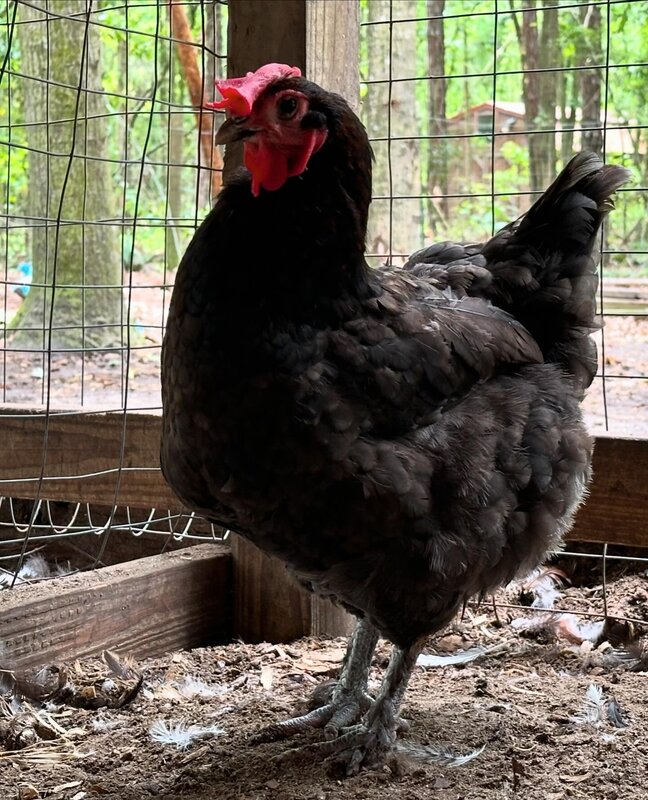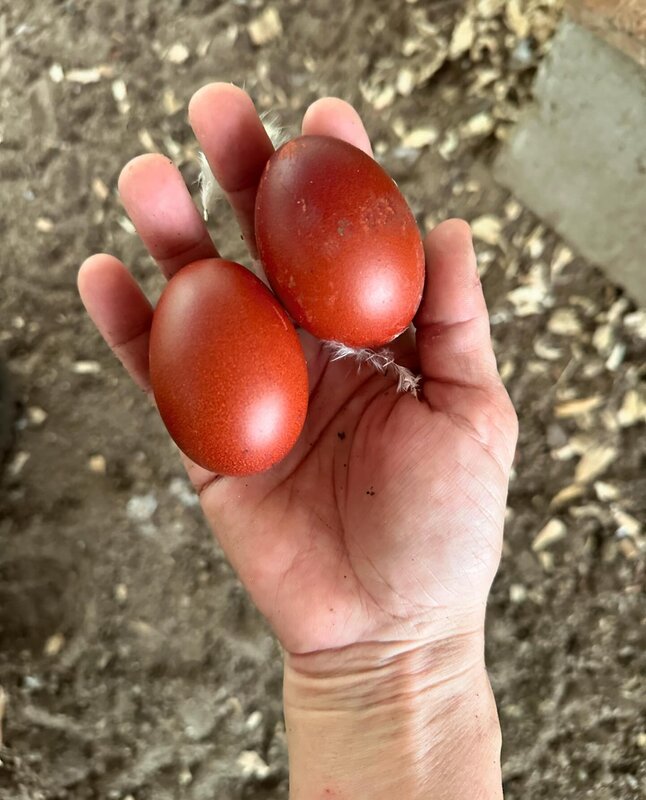Why I Would Never Ever Use Either of These Blue Copper Marans Hens in any Marans Breeding Program5/12/2024 These two Blue Copper Marans Ladies are absolutely the darkest brown layers I’ve got. I acquired them as chicks on a whim a few years ago from a mixed box of day old chicks left over from a friends hatch after shipping orders.
However, I will never EVER use these two in ANY Marans breeding program. Would you like to take a moment to see if you can pick out a few reason why? . . . . . . . . . . . . . . . First, let’s be clear - No one is capable of hatching and raising all chicks to meet SOP. We’re always working on things. And even with the best possible breeding pairs, sometimes things pop up genetically. In my Black Cooper Marans flock for example, I work with several hyper melanized birds, and I see chronically floppy combs. In general though, there is a lot of good I’m working with over there when it comes to type, eye color, feathered shanks and so on… so, the ends justify the means. With these blue ladies, there’s just to much for me to even want to attempt to work with them. -Their eyes are too dark, they should be a reddish bay color. -Their shanks are too lightly feathered. The shank and outer toe should have a light/medium covering of feathers. -What is even happing with these combs??? They should be straight and five pointed. -They lack copper around the hackles. -There’s not really much to meet the eye when it comes to type either. Ultimately, egg color is all these ladies have going for them {when it comes to a breeding program} It’s not that I don’t care about egg color. I do! Like most of us - That’s the thing that attracted me to Marans in the beginning. But I’m not willing to abandon things I know to be true about my interpretation of SOP in an effort for dark eggs. I’ve learned to breed for type first and then work on egg color from there. Because their egg color is so stellar, they have made their way into one of my Olive pens! This is actually my first season breeding them, so I’m excited to see the depth in Olive Color that their offspring produce. They are currently in a pen underneath Blue Ameraucana and Black Ameraucana roosters.
0 Comments
Leave a Reply. |
ArchivesCategories
All
|
© Mojo Homestead LLC 2025
Images © Noell Smith 2014-2025 All rights reserved
Images © Noell Smith 2014-2025 All rights reserved




 RSS Feed
RSS Feed